The Art of Agile Development. 2nd Edition James Shore, Shane Warden
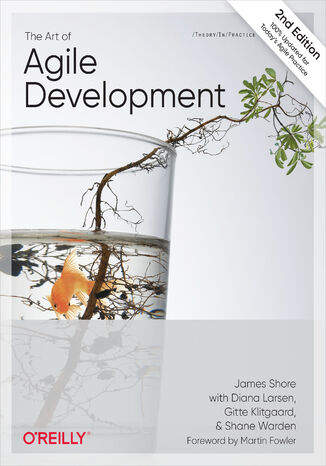



- Autorzy:
- James Shore, Shane Warden
- Wydawnictwo:
- O'Reilly Media
- Ocena:
- Stron:
- 540
- Dostępne formaty:
-
ePubMobi
Opis
książki
:
The Art of Agile Development. 2nd Edition
Most companies developing software employ something they call "Agile." But there's widespread misunderstanding of what Agile is and how to use it. If you want to improve your software development team's agility, this comprehensive guidebook's clear, concrete, and detailed guidance explains what to do and why, and when to make trade-offs.
In this thorough update of the classic Agile how-to guide, James Shore provides no-nonsense advice on Agile adoption, planning, development, delivery, and management taken from over two decades of Agile experience. He brings the latest ideas from Extreme Programming, Scrum, Lean, DevOps, and more into a cohesive whole. Learn how to successfully bring Agile development to your team and organization--or discover why Agile might not be for you.
This book explains how to:
- Improve agility: create the conditions necessary for Agile to succeed and scale in your organization
- Focus on value: work as a team, understand priorities, provide visibility, and improve continuously
- Deliver software reliably: share ownership, decrease development costs, evolve designs, and deploy continuously
- Optimize value: take ownership of product plans, budgets, and experiments--and produce market-leading software
Wybrane bestsellery
O'Reilly Media - inne książki
Dzięki opcji "Druk na żądanie" do sprzedaży wracają tytuły Grupy Helion, które cieszyły sie dużym zainteresowaniem, a których nakład został wyprzedany.
Dla naszych Czytelników wydrukowaliśmy dodatkową pulę egzemplarzy w technice druku cyfrowego.
Co powinieneś wiedzieć o usłudze "Druk na żądanie":
- usługa obejmuje tylko widoczną poniżej listę tytułów, którą na bieżąco aktualizujemy;
- cena książki może być wyższa od początkowej ceny detalicznej, co jest spowodowane kosztami druku cyfrowego (wyższymi niż koszty tradycyjnego druku offsetowego). Obowiązująca cena jest zawsze podawana na stronie WWW książki;
- zawartość książki wraz z dodatkami (płyta CD, DVD) odpowiada jej pierwotnemu wydaniu i jest w pełni komplementarna;
- usługa nie obejmuje książek w kolorze.
Masz pytanie o konkretny tytuł? Napisz do nas: sklep@helion.pl
Książka drukowana


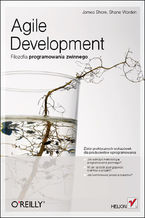
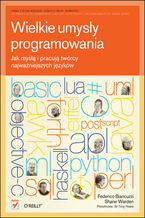

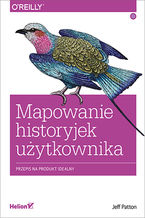

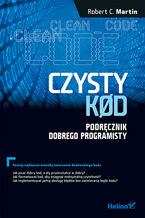
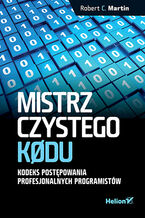
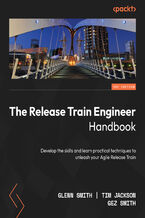

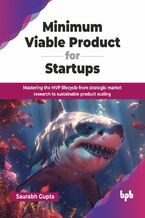
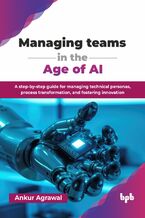
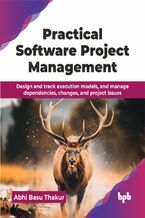
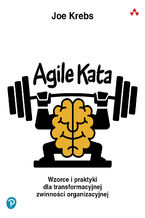






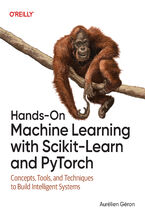
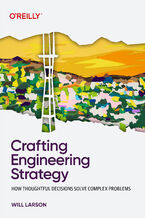
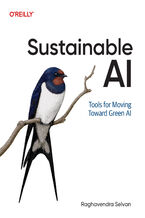
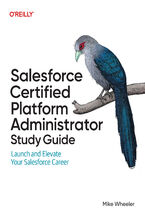
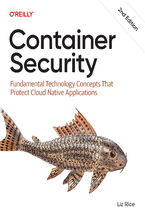
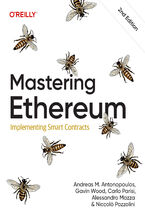
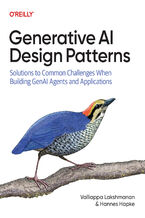
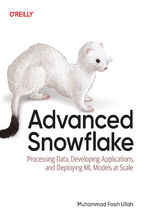
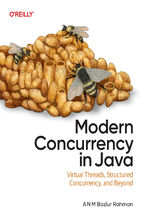
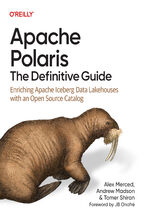



Oceny i opinie klientów: The Art of Agile Development. 2nd Edition James Shore, Shane Warden
(0)